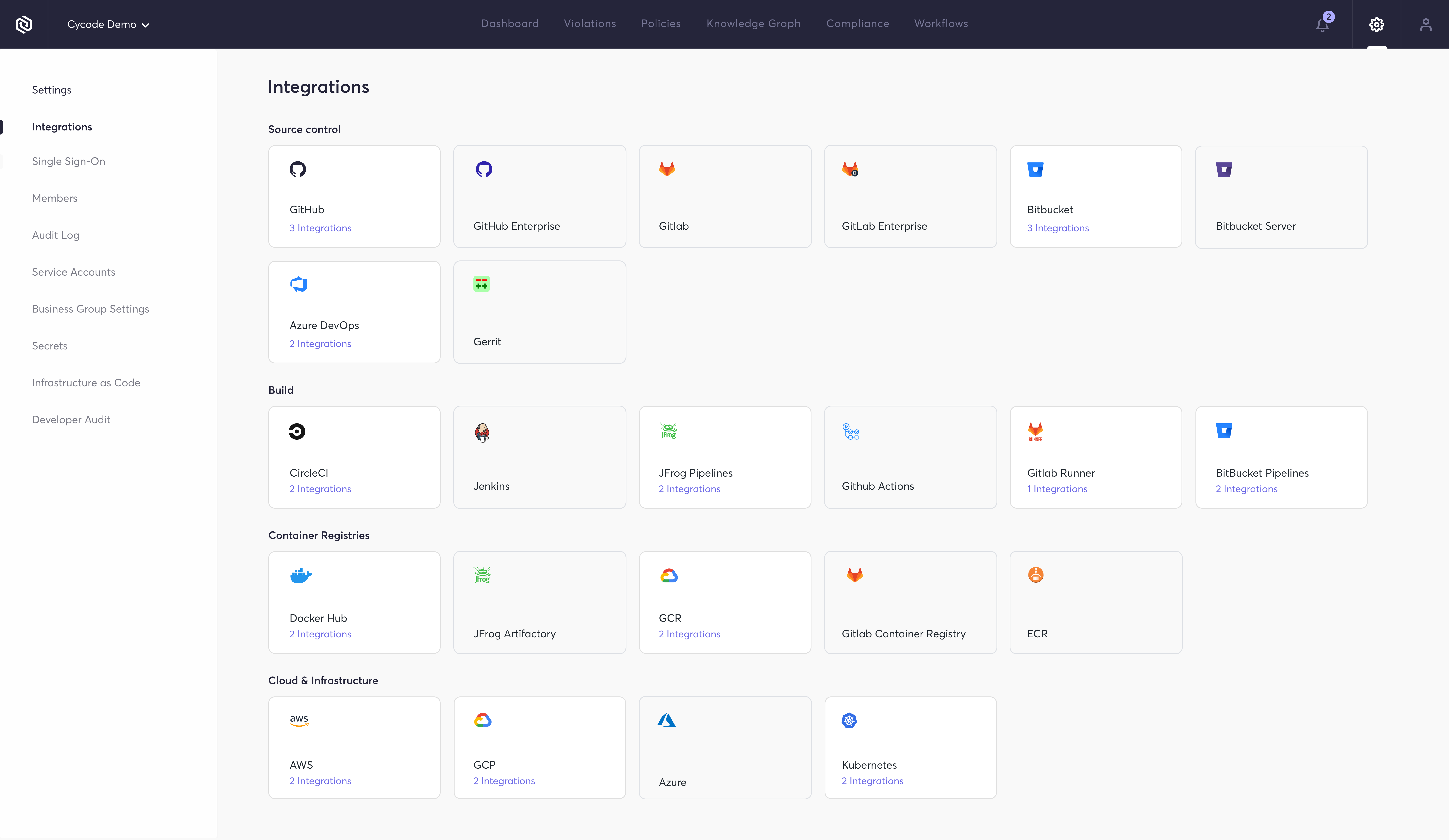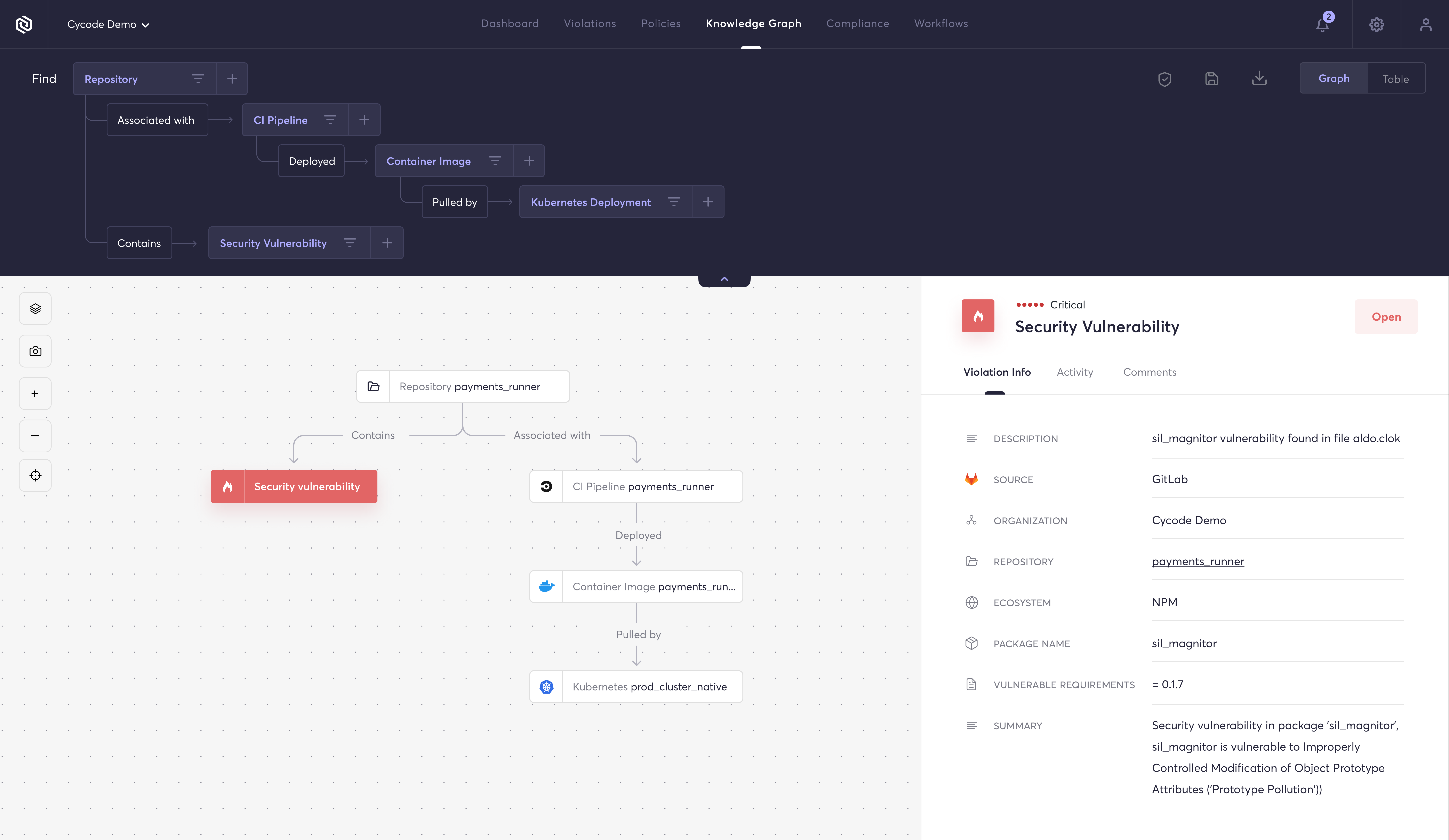In a significant push against big tech’s ability to maintain market dominance through sheer buying power, the UK’s competition watchdog has ordered Facebook (now Meta) to reverse its acquisition of animated GIF platform, Giphy — confirming the Financial Times‘ earlier reporting.
The Competition and Markets Authority (CMA) said its phase 2 investigation cemented earlier competition concerns about the impact of Meta owning and operating Giphy.
In a statement, Stuart McIntosh, chair of the independent inquiry group heading the CMA probe, said: “The tie-up between Facebook and Giphy has already removed a potential challenger in the display advertising market. Without action, it will also allow Facebook to increase its significant market power in social media even further, through controlling competitors’ access to Giphy GIFs.”
“By requiring Facebook to sell Giphy, we are protecting millions of social media users and promoting competition and innovation in digital advertising,” he added.
This story is developing… refresh for updates…
The watchdog’s intervention follows an extended investigation of the acquisition that Facebook announced (and completed) in May 2020, with the CMA taking an initial look in summer 2020 — and dialling up its scrutiny over the following months.
It also, in June 2020, ordered a halt to further integration of Giphy by Facebook while the oversight continued.
In another first last month, the regulator fined Facebook almost $70 million for deliberately withholding information related to ongoing oversight of the acquisition — billing the infringement a “major” breach.
The CMA’s preliminary report on the acquisition, this August, concluded that Facebook’s takeover of Giphy raised a number of competition concerns — including that it would harm competition between social media platforms, given the lack of choice in the supply of animated GIFs.
The regulator’s concern was not only that Facebook might simply deny rivals access to Giphy content for their users to reshare but that the data-mining giant might change the terms of access — and could, for example, require rivals like TikTok, Twitter and Snapchat to provide it with more user data in order to access Giphy GIFs.
The CMA appears to have held to its concern on the risk of competitive harm through data extraction from other services, as well as from other more obvious risks — such as Facebook shutting off rivals’ access to the platform — hence rejecting all the tech giant’s proposed alternative ‘remedies’ to selling the unit as insufficient.
“After consulting with interested businesses and organisations — and assessing alternative solutions (known as ‘remedies’) put forward by Facebook — the CMA has concluded that its competition concerns can only be addressed by Facebook selling Giphy in its entirety to an approved buyer,” the CMA writes in a press release.
In the summer the watchdog had also said it was concerned about the impact on digital ‘display’ advertising — as Giphy had, pre-merger, been offering paid advertising services in the US (and considering expanding to other countries including the UK) with the potential to compete with Facebook’s ad services. An ambition that terminated with Facebook’s takeover.
“The CMA found that Giphy’s advertising services had the potential to compete with Facebook’s own display advertising services. They would have also encouraged greater innovation from others in the market, including social media sites and advertisers. Facebook terminated Giphy’s advertising services at the time of the merger, removing an important source of potential competition. The CMA considers this particularly concerning given that Facebook controls nearly half of the £7 billion display advertising market in the UK,” the regulator writes now.
A summary of the CMA’s final report can be found here.
Meta/Facebook has been contacted for its response to the CMA’s order to undo the Giphy acquisition.
The company responded aggressively to the CMA’s provisional findings this summer — denouncing the analysis and questioning the UK regulator’s jurisdiction over its business.
However concern over so-called ‘killer acquisitions’ — aka the ability of tech giants’ to flex their financial muscle to protect market power by buying budding competition to defuse the risk posed by startups and new services (sometimes literally by closing them down post-purchase) — has been a major topic of concern among industry watchers for years.
The critique centers on how competition regulators have failed to evolve theories of harm to keep pace with digital market dynamics. Failing, for example, to consider how data itself can be used as a tool against competition. Dominant platforms can also easily leverage their market power in one channel to rapidly scale into a new segment, via tactics like self-preferencing. While ‘free’ at the point of use services may still entail significant harms for consumers — such as abuse of their privacy.
In recent years, legislators and regulators have started to respond to such concerns — including by updating rules, such as in Germany which passed an update to its regime to cover digital platforms at the start of this year. (The country now has a number of open procedures against tech giants (including Facebook) to confirm its ability to impose preemptive measures.)
In the US, the Biden administration’s elevation of Lina Khan to chair the FTC, earlier this year, marks key moment of change on US soil — signalling lawmakers’ support for a reformist approach toward regulating tech.
It follows Khan’s landmark paper (on Amazon) which examined how the government’s outdated ways of identifying monopolies have failed to keep up with modern business realities. What was initially dismissed by some — as ‘hipster antitrust’ — is now setting the establishment regulatory agenda. Although Khan still faces huge opposition on home soil from the tech lobby working through channels like the US Chamber of Commerce.
Over in the EU, the Europe Commission has also been working to address the lag between tech and antitrust.
Since December it’s had a draft proposal on the table for a set of ex ante rules to apply to intermediating platform giants (aka, those classified as ‘gatekeepers’ under the Digital Markets Act). Although whether the DMA goes far enough to actually help reboot competition remains to be seen.
The UK, now outside the bloc, has its own update to domestic competition law incoming, also aimed at tackling platform power — with a new regime of bespoke rules for platforms deemed to have ‘strategic market status’.
All this comes too late to undo plenty of baked in tech consolidation, however. But not too late to undo Facebook-Giphy.
Outdated approaches to regulation of digital markets has allowed thousands of tech acquisitions to be waived through over the past decades — including Facebook’s purchase of photo-sharing site Instagram, messaging platform WhatsApp and VR headset maker Oculus, to name three strategic takeovers which span the core social networking arena that Facebook/Meta owns and wants to keep owning for decades to come (in an even more immersive/invasive form; aka “the metaverse”).
Earlier this year, the Commission failed to block Google’s acquisition of health wearable Fitbit — despite a huge outcry from civil society warning out letting the adtech giant gobble up such sensitive data, for example.
More recently the CMA also cleared Facebook’s acquisition of CRM maker Kustomer — again using a fairly narrow assessment of potential competition risks — and entirely ignoring privacy advocates who were raising concerns over what the adtech giant would do with Kustomer users’ data.
The CMA’s decision now to order Facebook to reverse its acquisition of Giphy is a significant development — albeit, it’s still just one decision that hasn’t gone big tech’s way.
Discussing the move in response to questions from TechCrunch, professor Tommaso Valletti, a former chief competition economist within the Commission — who worked under current EVP Margrethe Vestage — described the CMA’s move as a “highly symbolic decision”. But he cautioned against reading too much into one ‘no’.
“I’ve been repeating the figures “1000 and 0”: mergers done by GAFAM and mergers blocked in past 20 years. So having finally a 1 does not change the overall picture but it’s a signal,” he told us.
Earlier this year the Commission made it possible for Member States to refer cases for merger review when they may fall between the cracks of national antitrust policy, with the risk of an innovative tech or business being acquired (on the cheap) by a more established rival in order to kill budding competition.
Valletti also pointed out that Vestager has finally signalled an intention to discuss big tech acquisitions with US lawmakers — which he dubbed “another good sign”, saying the EU “was (and still is) lagging on this”.
Major reworking of how antitrust gets applied in the US will clearly be essential to rein in what remain (mostly) US tech giants — however innovative the actions of individual regulators (such as the CMA) elsewhere.
“As for ‘new’ theories of harm, I think it’s just that the CMA has good economists that are aware of what economics has being saying and finding in the past 10 years: Data are part of the business model, so they must be part of the competitive assessment too,” Valletti added of its decision on Facebook-Giphy. “It’s not ‘just’ a privacy issues dealt by someone else.
“Good economics, openness of mind, and a higher risk appetite by their leadership, means the CMA is trying to move the bar in a typically extremely conservative field with shy regulators. Let’s be hopeful!”
As noted above, the UK is working on a reform of competition law that’s specifically targeted at platform giants — with so called ‘strategic market status’ — who will be regulated under an ex ante require of bespoke rules in the future. Although the necessarily legislation to empower the dedicated Digital Markets Unit that’s been set up to focus on this area is still pending.
Still, the CMA hasn’t been sitting on its hands in the meanwhile, with a number of open investigations into various aspects of big tech’s business and ongoing scrutiny of acquisitions.
The UK’s regulatory regime has a free hand to go its own way on big tech decisions — given the country is not longer a member of the EU. Although UK regulators have said the continue to consult with international counterparts on issues of common concern.
While the bloc is seeking to harmonize digital regulations under the DMA and Digital Services Act, there has been some concern that EU lawmakers’ push to reduce ‘fragmentation’ may end up benefiting tech giants — i.e. if it removes the ability of individual Member States to pass more ambitious legislation.
UK regulators could, therefore, end up addressing shortfalls in the bloc’s one-size-fits-all plan for a list of ‘dos and don’ts’ for platform giants — by applying a more tightly tailored regime to tech giants. Having creative thinking at the CMA therefore looks vital.
from TechCrunch https://ift.tt/3o2N7Yi








